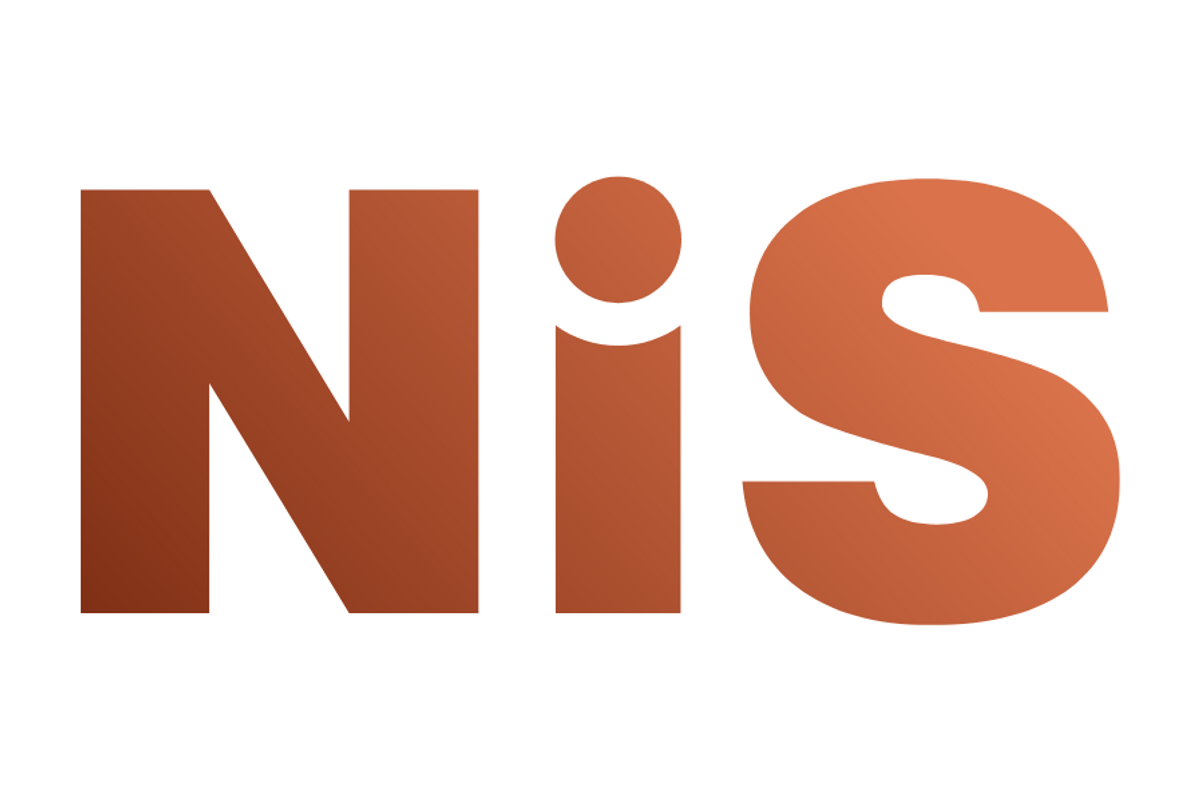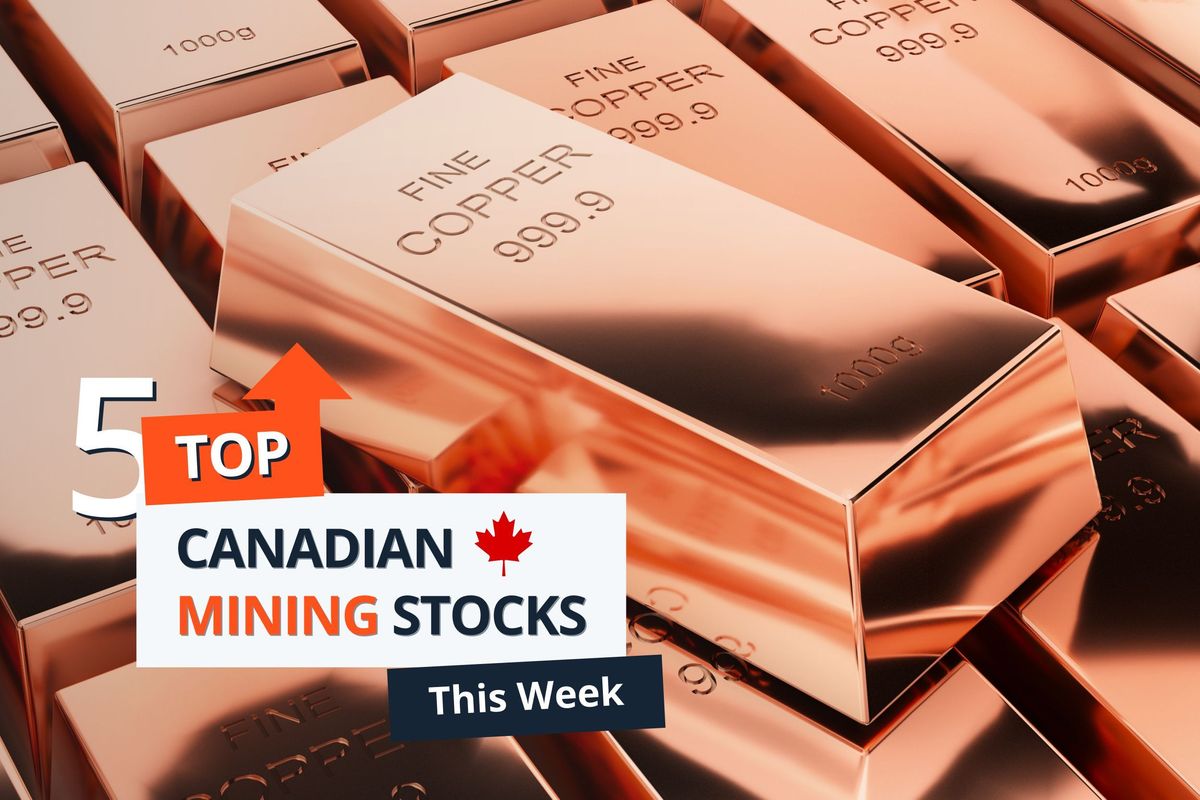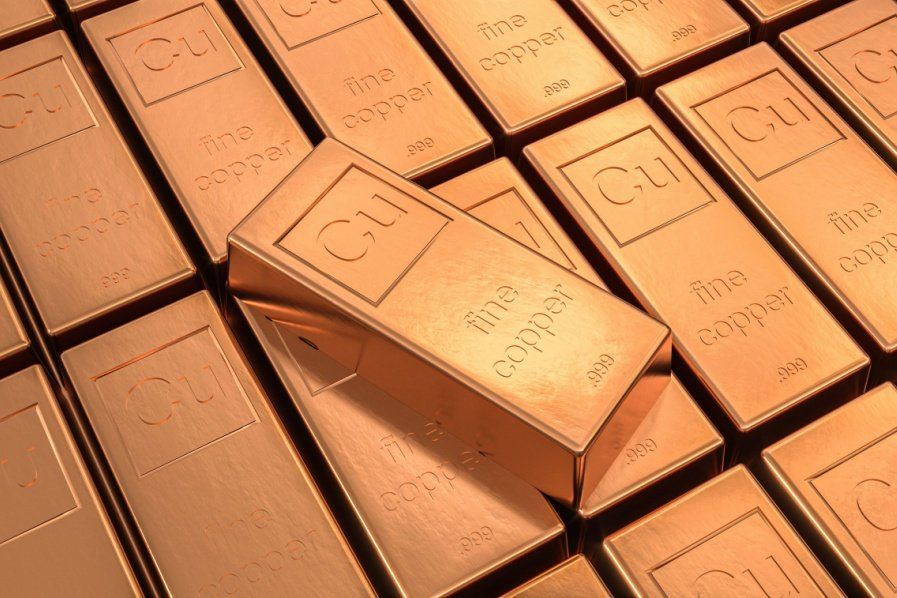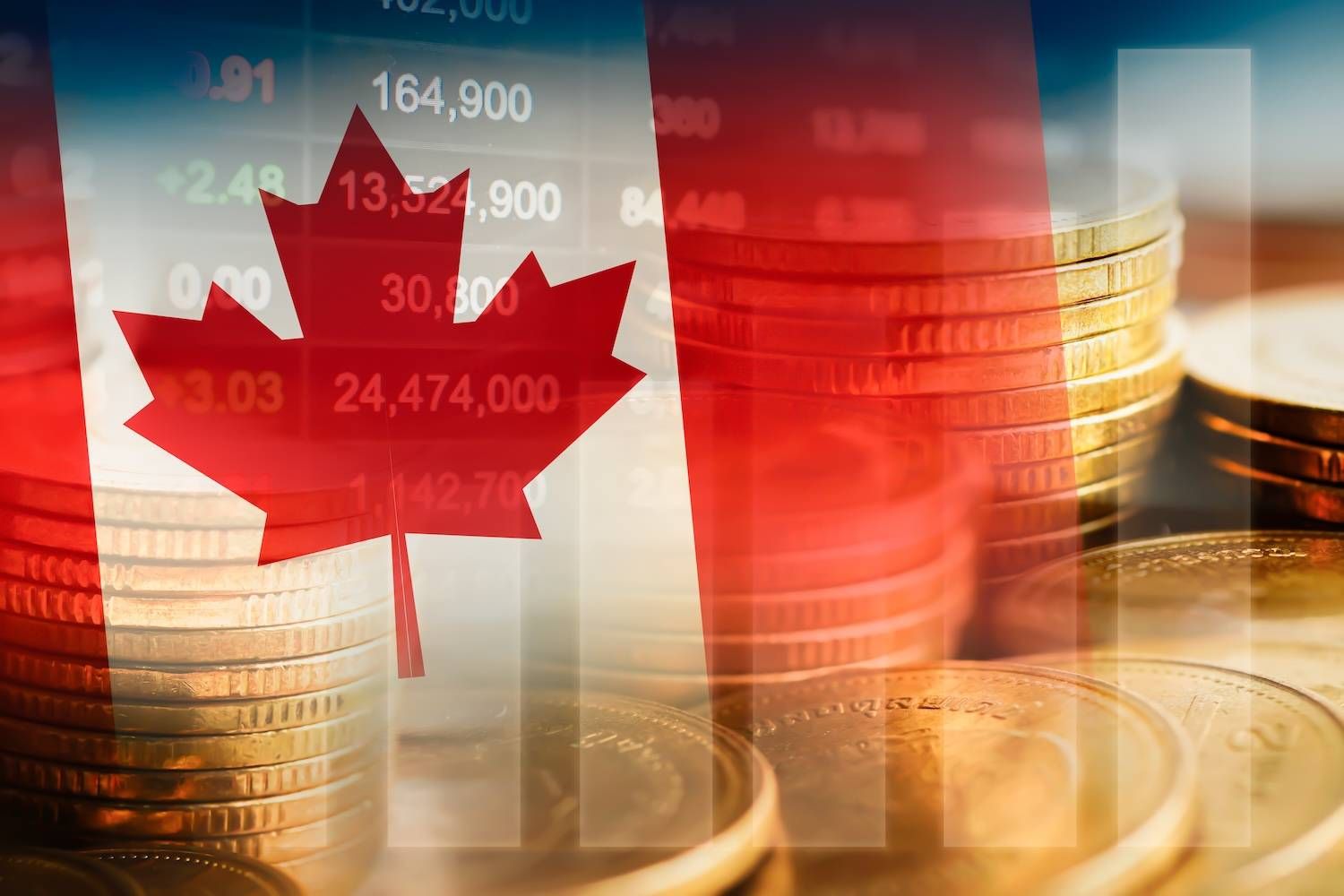
October 24, 2024
NickelSearch Limited (ASX: NIS) (NiS or Company) is pleased to announce that it has successfully:
- Completed the acquisition of all the issued capital in Capella Metals Limited (Capella) (Capella Acquisition). Capella holds a 100% legal and beneficial interest in one granted exploration permit, EPM 28620, and three exploration permit applications, being EPM 28791, EPM 28792 and EPM 28793 (together, the Capella Tenements); and
- Exercised the option (Bacchus Option) with Bacchus Resources Pty Ltd (Bacchus) and subsequently completed the acquisition of a 100% legal and beneficial interest in the five granted exploration permits, being EPM 26987, EPM 27570, EPM 27947, EPM 27439 and EPM 28297 (together, the Bacchus Tenements) (Bacchus Acquisition).
Key Highlights:
- NIS has completed the acquisition of a 100% interest in the Mt Isa North Copper and Uranium Project comprising highly prospective exploration permits covering 2,003km2 in the Mt Isa region in Northwest Ǫueensland, Australia.
- The fully underwritten pro rata non-renounceable entitlements offer to raise $2.1 million has completed.
- In accordance with the Capella Acquisition Agreement, NIS has appointed Bruno Seneque and Richard Maddocks to the Board of the Company as Non-Executive Directors with effect from today.
- NIS is now well funded to commence undertaking exploration activities at Mt Isa North Project with 1,500m reverse circulation (RC) drilling campaign at the high-grade Surprise Cu-Au-Ag prospect, planned for Ǫ4-CY24, subject to all approvals being received.
The Capella Tenements and the Bacchus Tenements (collectively, the Mt Isa North Project) are a portfolio of granted exploration permits and exploration permit applications covering 2,003km2 in the Mt Isa region, Northwest Ǫueensland, Australia. The Mt Isa North Project is considered prospective for copper , uranium, and zinc-lead-silver deposits.
The Mount Isa region is one of the world’s premier exploration and mining locations and hosts extensive mining-oriented infrastructure, numerous mines and processing facilities, water and power utilities, rail and national highway transport connections, frequent commercial air services, and a skilled labour force.
Capella’s exploration model at Mount Isa recognises that world-class discoveries may be made in structurally favourable sites in parts of the stratigraphy largely overlooked by previous explorers, as well as in various units of known prospectivity that have only been superficially explored within the Mt Isa North Project.
Further details about the Mt Isa North Project are set out in the Company's ASX announcement dated 28 August 2024.
Entitlement Offer
In addition, as announced on 11 September 2024, the Company has successfully raised $2,135,424 (before costs) under its Entitlement Offer, which was on the basis of 2 New Shares for every three 3 Shares held by eligible shareholders with 1 free-attaching unquoted option (exercisable at $0.03 and expiring on 30 June 2027) (New Option) for every 2 Shares subscribed for and issued.
Capella Acquisition
The Company, Capella and the key shareholders of Capella (Major Capella Shareholders) entered into a share purchase agreement (Capella Acquisition Agreement) pursuant to which the Company agreed to acquire 100% of the issued capital in Capella from the Major Capella Shareholders. Subsequently, the Company entered into separate share purchase agreements with each minority shareholder of Capella (Minor Capella Shareholders). The Major Capella Shareholders and Minor Capella Shareholder (together, the Capella Vendors) are unrelated third parties of the Company.
In connection with the Capella Acquisition, the Company agreed to issue 88,419,220 Shares (Capella Consideration Shares) to the Capella Vendors (or their nominees) on a pro-rata basis and 15,829,526 unquoted options exercisable at $0.03 on or before 30 June 2027 (New Options) (Capella Consideration Options) to certain Capella Vendors (or their nominees). The Company has since issued the Capella Consideration Shares and Capella Consideration Options to the Capella Vendors in their respective proportions.
In addition, the Company agreed to appoint Mr Bruno Seneque and Mr Richard Maddocks, who were existing directors of Capella, to the Board of the Company as Non-Executive Directors. The Company has now appointed Mr Bruno Seneque and Mr Richard Maddocks to the Board of the Company as Non-Executive Directors with effect from today.
Appendix 3X’s for Messrs Seneque and Maddocks are to be released subsequently.
Further details summarising the material terms of the Capella Acquisition Agreement are set out in the Company's ASX Announcement dated 28 August 2024.
Click here for the full ASX Release
This article includes content from NickelSearch Limited, licensed for the purpose of publishing on Investing News Australia. This article does not constitute financial product advice. It is your responsibility to perform proper due diligence before acting upon any information provided here. Please refer to our full disclaimer here.
The Conversation (0)
22 December
Nine Mile Metals Announces Completion of DDH WD-25-02B and Continues to Confirm Zones of Copper Rich VMS with 66 Meters of Mineralization at the Wedge Project
Nine Mile Metals LTD. (CSE: NINE,OTC:VMSXF) (OTC Pink: VMSXF) (FSE: KQ9) (the "Company" or "Nine Mile") is pleased to announce that the 3rd drill hole in its Wedge Western Extension Drill Program (DDH-WD-25-02B) has been completed.DDH WD-25-02B was collared approximately 60 meters northwest of... Keep Reading...
19 December
Top 5 Canadian Mining Stocks This Week: Pacific Empire Metals Gains 200 Percent on Drill Results
Welcome to the Investing News Network's weekly look at the best-performing Canadian mining stocks on the TSX, TSXV and CSE, starting with a round-up of Canadian and US news impacting the resource sector.Statistics Canada released November’s consumer price index (CPI) data on Monday (December... Keep Reading...
17 December
Nine Mile Metals Announces Certified High-Grade Assay Results up to 15.21% Copper from the Wedge Project, Bathurst, New Brunswick
Nine Mile Metals LTD. (CSE: NINE,OTC:VMSXF) (OTC Pink: VMSXF) (FSE: KQ9) (the "Company" or "Nine Mile") is pleased to announce Certified Assay results for volcanogenic massive sulphide (VMS) mineralization collected from the pre-drill area on the Wedge VMS Project, in the world-famous Bathurst... Keep Reading...
16 December
Top 5 Copper News Stories of 2025
Copper prices surged to unprecedented levels in 2025, hitting all-time highs. Tight supply played a key role, along with solid demand tied to electrification and the shift to cleaner energy.The red metal's big moves came alongside gains in precious metals, highlighting an unusual year in which... Keep Reading...
16 December
Canadian Approval Pushes Teck, Anglo Closer to Creating US$53 Billion Miner
Canada has approved the merger of Teck Resources (TSX:TECK.A,TECK.B,NYSE:TECK) and Anglo American (LSE:AAL,OTCQX:AAUKF), clearing a major regulatory hurdle for the creation of a new global mining heavyweight worth over US$53 billion.Teck and Anglo American said they received approval under the... Keep Reading...
Latest News
Interactive Chart
Latest Press Releases
Related News
TOP STOCKS
American Battery4.030.24
Aion Therapeutic0.10-0.01
Cybin Corp2.140.00




